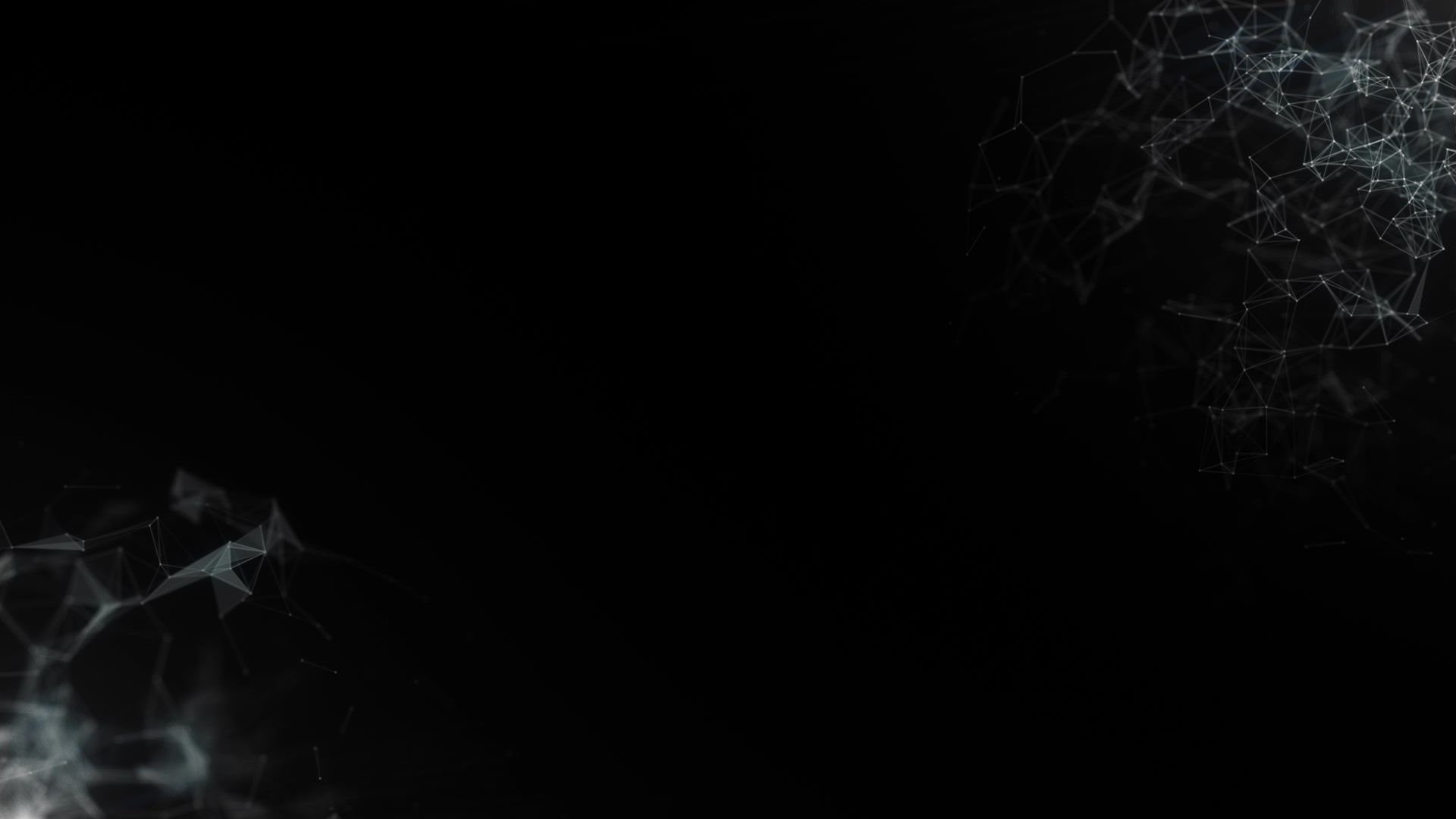The infinite dynamism of Maurits Escher and the plasticity of Art...
- Leya Hunter

- Jun 27, 2022
- 4 min read
Updated: Nov 27, 2023

The infinite dynamism of Mauritz Escher and the plasticity of Art… ~Leya Hunter
Escher’s work holds some of the most intriguing portrayals of how perception can be placed and used. The patterns of overlapping consistencies with his ability to make continuous sequences of reality blend into one and the same is a striking phenomena of how things can be thought. His mathematical and geometric symmetry is a true art form. The paradoxical realism is a display of forthright obscurity, it gives us multiple dimensions in which to think, and more importantly it propels us inwards to uncover the layers of paradoxical inquiry.
On one level Escher’s work shouldn’t make sense, but it is glued together with a weaving of optical illusions and reality, the three dimensional aspects bring a multitude of angles, a true reflection of the inner workings of the psyche. It represents the parts and the whole simultaneously and confuses the logical aspects of the mind. As we try to rationalise the picture, something else takes hold, the continuous sequence of movement, of change, of direction is true but untrue at the same time. The patterns of quizzical and paradoxical illusions is inconsistent with the framework in how we usually see reflections of objective reality, and is a contradiction to consistency being a requirement for truth, and it is here we are left inside a contemplative dichotomy.
As we venture into different realms of truth and thought, and from conception to perception we arrive at an almost metaphysical aspect of the art itself. Art has much more to say than just the picture we see before us, or the lyrics we hear, or the words we read. It is the in-between lines, the space outside of, the illustrations we don’t see, it is the images before thought, and the metaphoric value that cannot be sufficiently described by words alone. It has the parts working in unison, perhaps a combination of somatic and intuitive intelligence working in sync with the mind, to go beyond it or outside of it, or perhaps just to understand the underpinnings of nature in illogical ways, which the mind alone could never grasp.
In a 1963 lecture Escher is noted as having said, “If you want to express something impossible, you must keep to certain rules. The element of mystery to which you want to draw attention should be surrounded and veiled by a quite obvious, readily recognisable commonness.”
This mystery is as important as the "known". In poetry we see ways in which we explore the worlds of creation by pulling deeply rooted awareness to the surface through symbols and images translating them into language, it is like an unhooking, a free fall, a pattern detecting, microscopic, mythological and observational process.. and as for art in general it is a mystic type phenomenon, it seems closely related to all things which don’t seem to pertain strictly to the mind, and even in trying to define the mind we struggle with any concrete evidence. All the things in which are indefinable, unexplainable and mysterious should be treasured by the individual as they are the closest one may get to obtaining a glimpse into the unobtainable. The eternal grand mysteries keep the spark of the human mind alight, and keep the wheels of intrigue spinning on the axis of interchangeable states of mind. This mystery aspect of art reminds me of the great psyche orientated filmmakers of perception, such as, Ingmar Bergman, Jean Cocteau and Andrei Tarkovsky. Their use of perception, unguided fluid imagery, unparalleled dialogue and open ended interpretations leaves it mark open to endless splinters of thought, a true maze inside the reflections that are projected outwards, like a plasticity of lines and meanings. As for Tarkovsky he was a master of insight, his use of wisdom put in poetic form, his heart blended with the ink and slid out into words. We felt his truest inner workings, the space between soul and mind non-existent, a portrayal of imagery transcending directly to dialogue without the influence of typical thought. He once said “ Artistic creation, after all, is not subject to absolute laws, valid from age to age, since it is related to the more general aim of mastery of the world, it has an infinite number of facets, the vincula that connect man with his vital activity; and even if the path towards knowledge is unending, no step that takes man nearer to a full understanding of meaning of his existence can be too small to count. In artistic creation the personality does not assert itself, it serves another, higher communal idea.”
These mysterious elements of higher art weaves into philosophy and psychology and leaves many questions relating to reality and subjectivity. Is reality a sequentially fluid movement of images in time, where we can only truly know the questions and forms inside them? Are we simultaneously the object and subject of ourselves? Maybe we are just the paradox and the irony, the mystery and the known, the ever forming mind altering perceptions of ourselves that spin on the axis of ever changing states of mind. Life is similar to a book, we all become stories and create them as we go, maybe art is depicted in reading in-between those lines of the sentences, where we open inscriptions of dual possibilities, moulding the differences into open ended interpretations of thought, only closing in on them when our logical reasoning mind needs to function in the world of objects. Both serving their purpose, both needed, as both exist… and like always...to be continued...
~Leya Hunter.




Comments